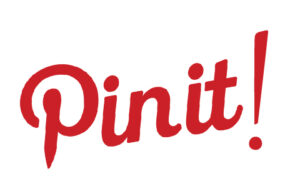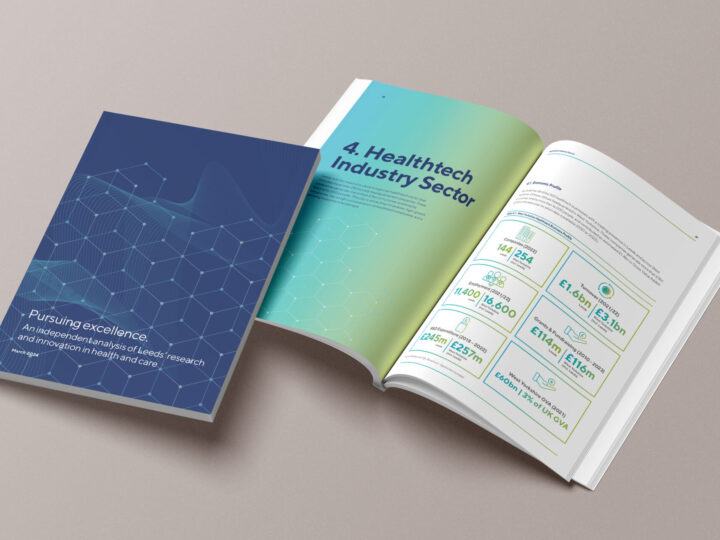Pin-board style image sharing platform Pinterest is now the third largest online social network behind Facebook and Twitter and has been the fastest growing since its launch. Not only that, but one of its Founders is ex-Google so it is built for search engines. In terms of online visibility, it therefore needs to be considered as part of the brand communications mix.
But, is it right for all brands? And what purpose does it serve for the type of small Northern brands that we work with?
Let’s get visual!
As with any social media platform or activity, originality and content is king and brands can only get something out of it if they have something meaningful and unique enough to share on an ongoing basis. Because Pinterest is so visual and also so female-orientated, it has been most successful in the weddings, home décor, food, fashion, art and travel sectors. ‘Re-pinning’ other people’s imagery is all par for the course, but to gain any real influence, you need to be a naturally visual business with products to showcase. And what you ‘pin’ or ‘re-pin’ has to reflect the brand and serve a business purpose – not just be a blatant attempt to jump on the latest social media fad. Some B2B brands are using it successfully to share infographics which visually represent research insights and industry trends but, on the whole, Pinterest is the domain of the consumer.
Less is more and bigger isn’t always better
As we always preach, when it comes to social media, brands should focus on quality of outcomes over quantity of outputs and the smaller and more niche you are, the better chance you have of engaging. Social media is a relationship tool, not a sales tool. Whilst it can boost search engine optimisation (SEO) and drive volume traffic to products on your website (when you use the right keywords in pin descriptions and embed links into pins), people aren’t using it to buy, they are using it to browse and share. Just like influential bloggers, influential pinners seek out brands that they truly love because they are different and unique and tell others about them because they are passionate about them, not because they are being paid to. There is therefore a real opportunity for our clients like Prashad Indian vegetarian restaurant and Richard Grafton Interiors to build their brands over the long term in line with their ambitious but organic growth plans. It is these kind of brands that never compromise on quality and want to be the best at what they do, rather than the biggest which will flourish.
‘Pin’ down your customers
Just like Twitter, we can see huge potential for Pinterest as a research and insight tool. It is still early days for many UK brands and consumers but, as an early adopter, you can go and find the people you want to talk to – whether that’s potential/existing customers, their influencers/intermediaries or useful partners – and tailor your content to them, engaging with them directly. Like all social media, Pinterest is just that – social – so you have to engage with the community rather than just broadcast content to deaf eyes (or, in this case blind eyes!) By watching, listening and understanding your customers, smaller more agile brands can even start to tailor your products and services to their needs. By setting up a Pinterest Business account as opposed to a standard Pinterest account, you get access to analytics which allow you to track which content gets the biggest response and what engagement techniques work best.
Some brands are already ‘winning with pinning’ so take a look and see what they’re doing that you can emulate and how you could do it better . If you think Pinterest might work for your business/brand but don’t know where to start, Engage with us.
Thanks to Chris Woolford for the inspiration for the title of this blog and the insights shared at his recent CIPR Yorkshire & Lincolnshire breakfast workshop.





